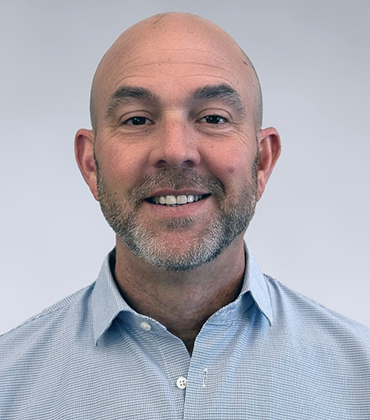WasteLinq is transforming hazardous waste management into a fully connected ecosystem like never before. By bringing together generators, service providers and disposal facilities, it replaces outdated silos with a living network where decisions happen in real time, data speaks across every touchpoint and visibility becomes a baseline expectation.
The platform began as an internal solution for Co-founder and CRO Sean Easton, who originally built it to streamline operations at his own company, Effective Environmental. From profile approvals to coordination with treatment, storage and disposal facilities, Easton and his team managed it all, setting a new operational standard for the industry.
“We never set out to build a software company,” Easton says. “We just needed a smarter way to manage the work. Over time, it became very clear that the entire industry did too.”
While many generators still rely on email chains, service providers juggle spreadsheets and disposal facilities operate in isolation, WasteLinq offers a unified alternative. It bridges silos, accelerates approvals, reduces redundant data entry and restores visibility across the entire waste chain.
Each implementation begins with a close look at how a team works, not just their data but the flow, the people and the daily pressure points. The WasteLinq team often visits sites, studies workflows and helps configure the system to match real needs. While the software isn’t custom-built, its flexibility allows users to tailor it without added complexity. That level of alignment has translated into real operational gains. Clients report completing 50 percent more of the same work than they could using previous manual processes.
A key contributor to that efficiency is OneProfile, a solution to one of the industry’s biggest bottlenecks, profile creation and approval. Trained on hundreds of thousands of historical profiles, the system generates a preliminary waste profile from just a few user inputs, which can then be reviewed and edited. From there, disposal options appear automatically, along with associated vendor costs and timelines.
Gruene Environmental, an early platform adopter, started as a small regional service provider. By streamlining its operations with tools like OneProfile, it reduced administrative overhead and scaled more confidently. That efficiency led to its acquisition by a larger company. Its trajectory reflects what many users experience; smoother operations that remove barriers to growth.
This same practical approach is guiding WasteLinq’s development of AI agents. These tools function as digital assistants for technical professionals, automating routine tasks such as form submissions and data transfers between systems. By removing clerical burdens, the agents allow teams to focus on decisions related to compliance, cost management and operational planning areas where expertise has the greatest impact.
Around 60 percent of its clients today are service providers, the segment where the team originally operated. Over time, the company expanded its reach by acquiring complementary software platforms like EnviroWare and Terralink. EnviroWare focuses on disposal facility operations, including material processing and permit-based waste management and now accounts for roughly 30 percent of WasteLinq’s client base. The remaining 10 percent includes large generators who work directly with disposal sites and rely on the platform for coordination, cost tracking and visibility across their waste programs.
To serve smaller generators, WasteLinq also introduced a free version of the platform aimed at supporting regulatory compliance. A paid version with expanded capabilities will follow, offering scalable access to the same tools used by larger organizations.
“Our goal is to build connected infrastructure where compliance happens naturally, as part of the process. That means enabling everyone across the chain to work more efficiently, with less friction,” says David Dozer, CCO.
WasteLinq aims to simplify, automate and expand its network. The goal is a fully integrated ecosystem where generators, service providers and disposal facilities operate with shared visibility and compliance becomes seamless. And today, the company in heavily investing in AI solutions to enable everyone in the waste value chain to operate more efficiently and effectively while navigating the complexities of the industry.
Thank you for Subscribing to Environmental Business Review Weekly Brief
